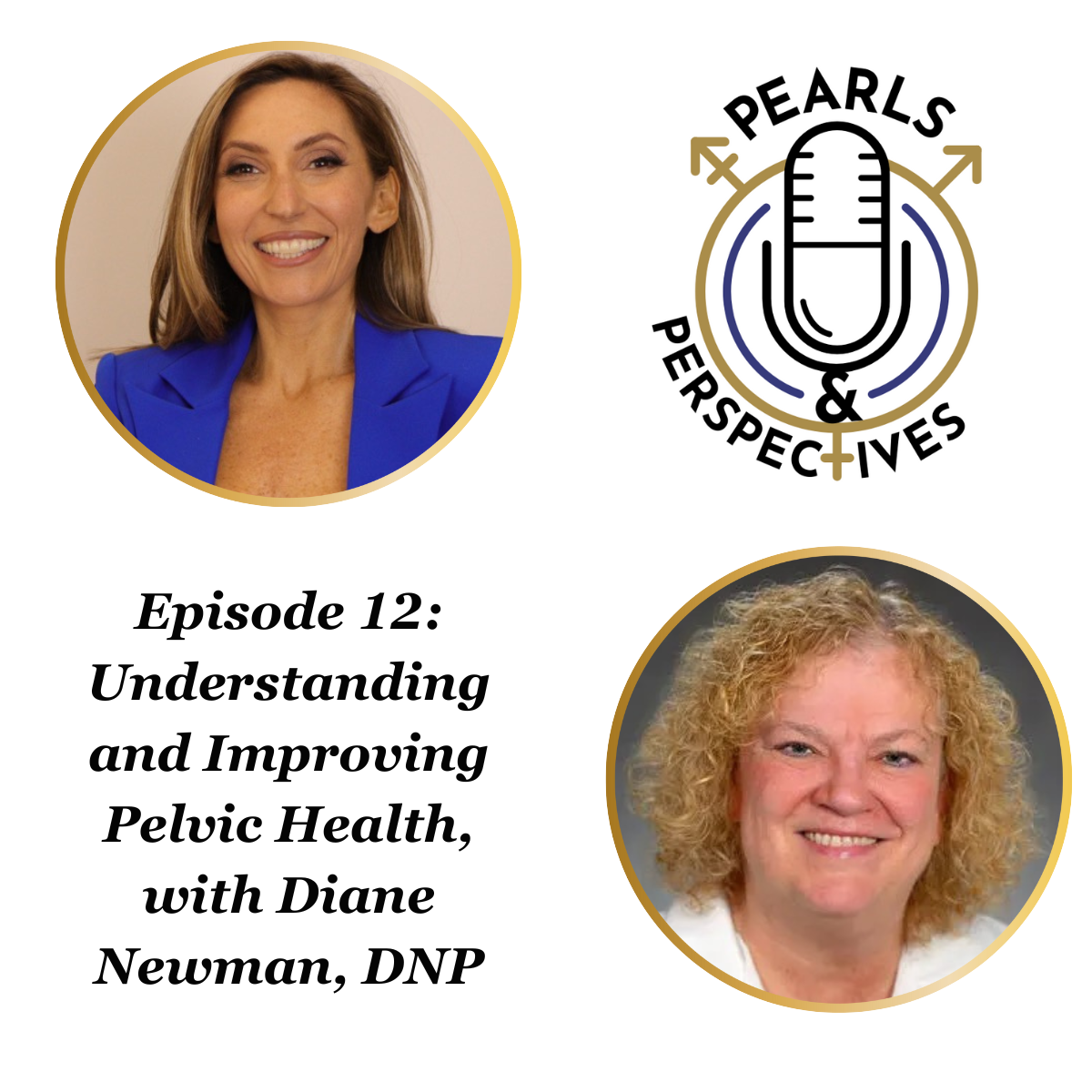Video
Vaginal DHEA linked with decreased UTI prevalence in patients with genitourinary syndrome of menopause
Author(s):
“Those who were on this vaginal DHEA had a huge decrease in the prevalence of urinary tract infections in the 1 year after getting the prescription,” says Rachel S. Rubin, MD.
In this video, Rachel S. Rubin, MD, discusses the background and notable findings from the 2023 American Urological Association Annual Meeting abstract “Impact of vaginal prasterone on the rate of urinary tract infections in GSM patients and those with a history of breast cancer: a retrospective cohort analysis.” Rubin is a urologist and sexual medicine specialist in private practice in Rockville, Maryland and also an assistant clinical professor in urology at Georgetown University Hospital, Washington, DC.
Transcription:
This is a great project that was done looking at a novel therapeutic for genitourinary syndrome of menopause called vaginal DHEA [dehydroepiandosterone]; IntraRosa is the trade name. IntraRosa is the only FDA-approved option for genitourinary syndrome of menopause that actually has an androgen in it. We know that the urethra, the bladder, and the vagina have a lot of estrogen receptors. That's why we know vaginal estrogen works to prevent urinary tract infections. But what data show is actually there are testosterone receptors in that tissue as well, and it is a very androgenic tissue. Just like the male genitals, the penis, and the male urethra also require testosterone, it's not that surprising that the same homologous tissue also needs testosterone. And so this is the only therapy that's FDA approved that has some androgenic properties to it, because it's DHEA, which is the precursor for estrogen and testosterone. And so these data [came from] looking at a claims database and looking at prescriptions and comparing it with prevalence of urinary tract infections. 22,000 women were compared who had used this drug vs those that had not used this drug, but had the same number of urinary tract infections, and the same diabetes history, [and] age matched. And those who were on this vaginal DHEA had a huge decrease in the prevalence of urinary tract infections in the 1 year after getting the prescription. And that was true in all age groups, even more significant for the 75 and older crowd who we know are plagued by urinary tract infections, and we know that this is costing the health care system a ton of money. The sicker people get, the more antibiotic resistance, urgent care visits, hospitalization, sepsis visits. It's a big problem that could really be benefited by the use of these vaginal hormone therapies.
This transcription was edited for clarity.
Newsletter
Stay current with the latest urology news and practice-changing insights — sign up now for the essential updates every urologist needs.
















